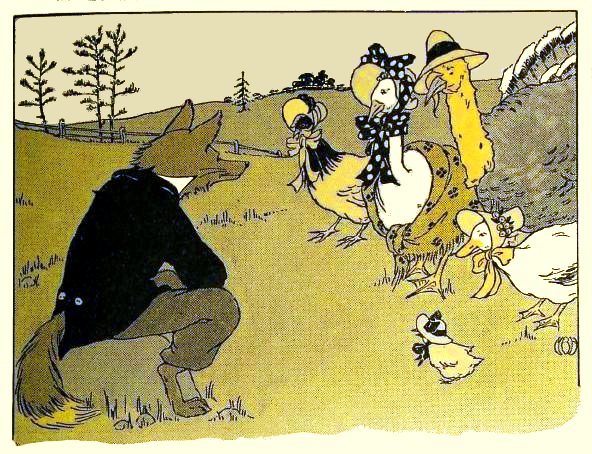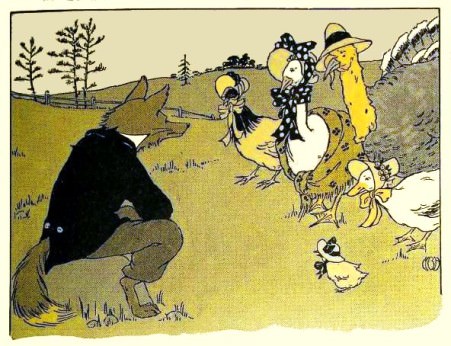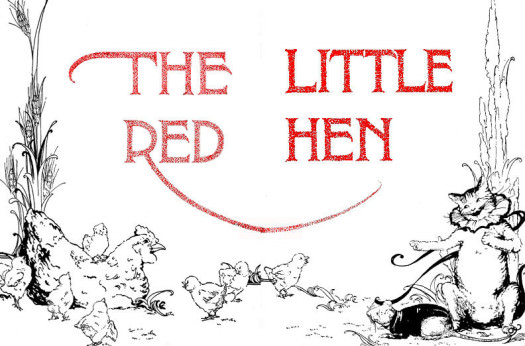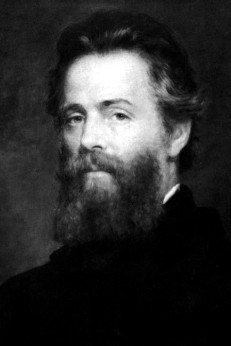Chickens have inspired some of America's greatest writers.

As they run around the barnyard spooked by who knows what, chickens (to me) seem to resemble elderly church ladies trying to get out of a rainstorm, afraid that their Sunday best will be ruined. Perhaps this is why these birds have managed to make their way into a variety of stories over the years, many aimed at children.
If you’ve spent any time with these fowl, you can see how their behaviors have inspired literary characters, especially “Chicken Little“ and “The Little Red Hen,” arguably the two most famous chickens in classic children’s literature.
In the former, Chicken Little becomes convinced the sky is falling when an acorn hits her in the head (in other versions it’s a leaf) and manages to freak out her fellow animal friends causing mass hysteria. The story is old – like 500 BC old, if you trace it back to its origins. According to the writer Mabel Kaplan, the story is based on “The Flight of the Animals,” found in an early collection of Indian stories about the Buddha. Now, there are countless versions and even names for the story, including “Henny Penny,” “Chicken-Licken,” or “Chicken-Diddle.” In some of these older tales, Chicken Little and her friends fall prey to a smooth-talking fox who lures them to his den and eats them. This bloody conclusion to the story could be chalked up to the age of the tale. Our ancestors didn’t pull punches when it came to children’s stories. (Check out the Brothers Grimm’s versions of the classic fairy tales, if you don’t believe me.)
By the mid-19th century the story had found its way to the U.S. and quickly became a staple of children’s literature.

An illustration from the story “Chicken Little” in the New Barnes Reader vol.1, New York, 1916. Wikimedia Commons
“The Little Red Hen” began life as a folktale with either Russian or English roots (there’s some debate) that was passed down orally for generations before it was eventually written down. The folklorist Joseph Jacobs, who included it in a book of folktales he collected in the 1890s, is often credited with being the first to get it down on paper, but there’s an earlier Irish version – “The Wonderful Cake” – that is a fusion of “The Little Red Hen” and “The Gingerbread Man,” collected by the writer Patrick Kennedy 30 years earlier. “The Little Red Hen” is the story of an industrious chicken who asks for help from her lazy barnyard friends and receives none as she goes about the long process of growing, harvesting, and milling wheat that she eventually turns into bread (very artisanal chicken). The book found a massive American audience through the popular Little Golden series, beginning in the 1940s.
Hens’ mothering behavior also figured in a 1946 story, “The Chicken Book,” by author and illustrator Garth Williams, best known for his drawings for E.B. White’s “Charlotte’s Web” and “Stuart Little.” The story is about five newly hatched chicks learning the ropes from their mother.

An illustration from an early version of the story. Wikimedia Commons
Over the years, chickens have managed to find their way into more books, squeezing in between cuter animals, but there are some more obscure chicken-centered stories written by some very famous writers. Nope, “Cock-A-Doodle-Doo!“ by Herman Melville isn’t a sequel to “Moby Dick.” There’s no Captain Ahab searching the barnyard for a great white chicken. This short story, first published in 1853, is about a man down on his luck and a rooster who inspires both the protagonist and others.
“Dalkins’ Little Indulgence – A Christmas Story“ by Robert Frost, who is better known for his poetry than stories involving poultry, appeared in 1905 in The Farm-Poultry, a Boston journal that is pretty much summed up by its name. The story centers on a prized chicken, the angry seller who felt he should have gotten more for the hen, and the farmer who eventually teaches the man a lesson.

Herman Melville, 1870. Oil painting by Joseph Oriel Eaton. Wikimedia Commons
So here’s to all the chickens who have inspired great art, or at least a pretty good tale or two. Let’s hope poultry keeps on sparking the imaginations of the world’s writers and illustrators. For more high-brow chicken tales, be sure to check out the blog “Chickens in Literature.”